Category: Mormon Arts
-
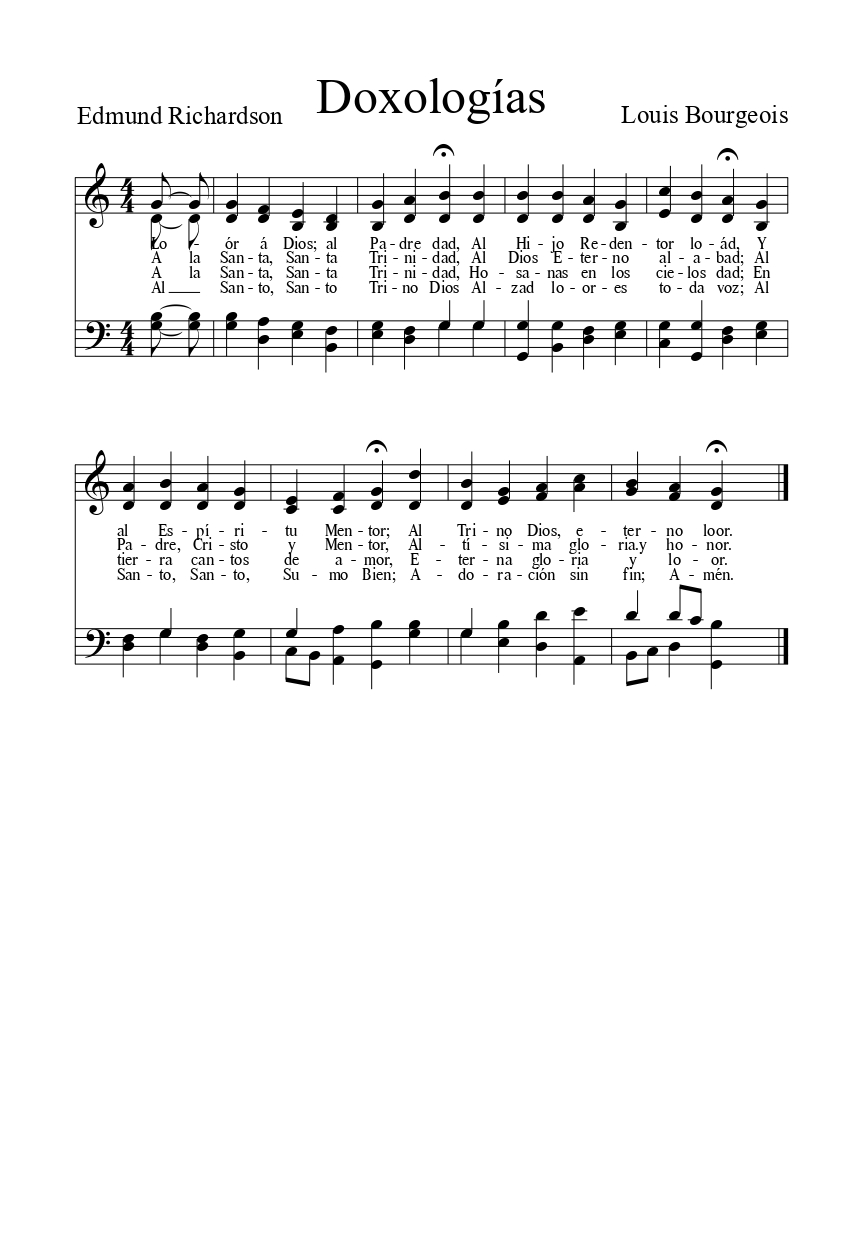
Doxologías
Doxologías is an expanded text based on “Praise God from Whom All Blessings Flow”, but it was eventually phased out in favor of the latter by the time that the 1942 hymnal was published.
-
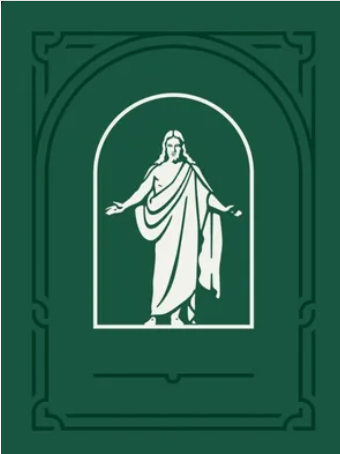
One Day More
Hymns—for Home and Church will be getting its first preview tomorrow! Back at the start of April, the Church announced that “12 hymns of the new ‘Hymns—for Home and Church’ will be available on May 30, 2024.” We already know that “Come, Thou Fount of Every Blessing” will be among those (that was explicitly stated…
-
Architectural Influences of Modern Temples
I’ve always had a sort of amateur, passing interest in architecture, and temple architecture in particular. However, I’ve never had enough to
-
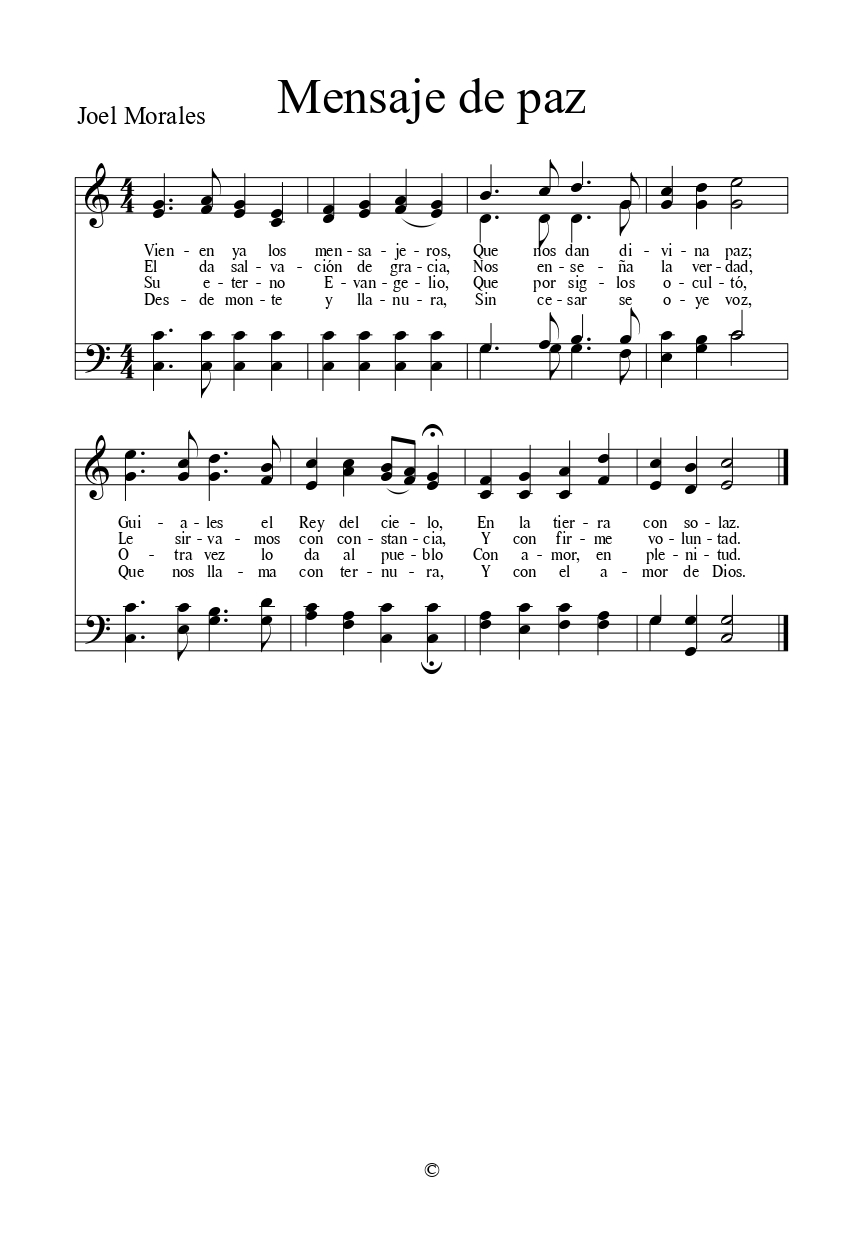
“Mensaje de paz”
“Mensaje de paz” by Joel Morales is notable as being the song that was sung when Elder Melvin J. Ballard and then-ambassador J. Reuben Clark, Jr. visited with the Latter-day Saints in Mexico in 1932. Morales is also the author of “La Proclamación” and “Final.”
-
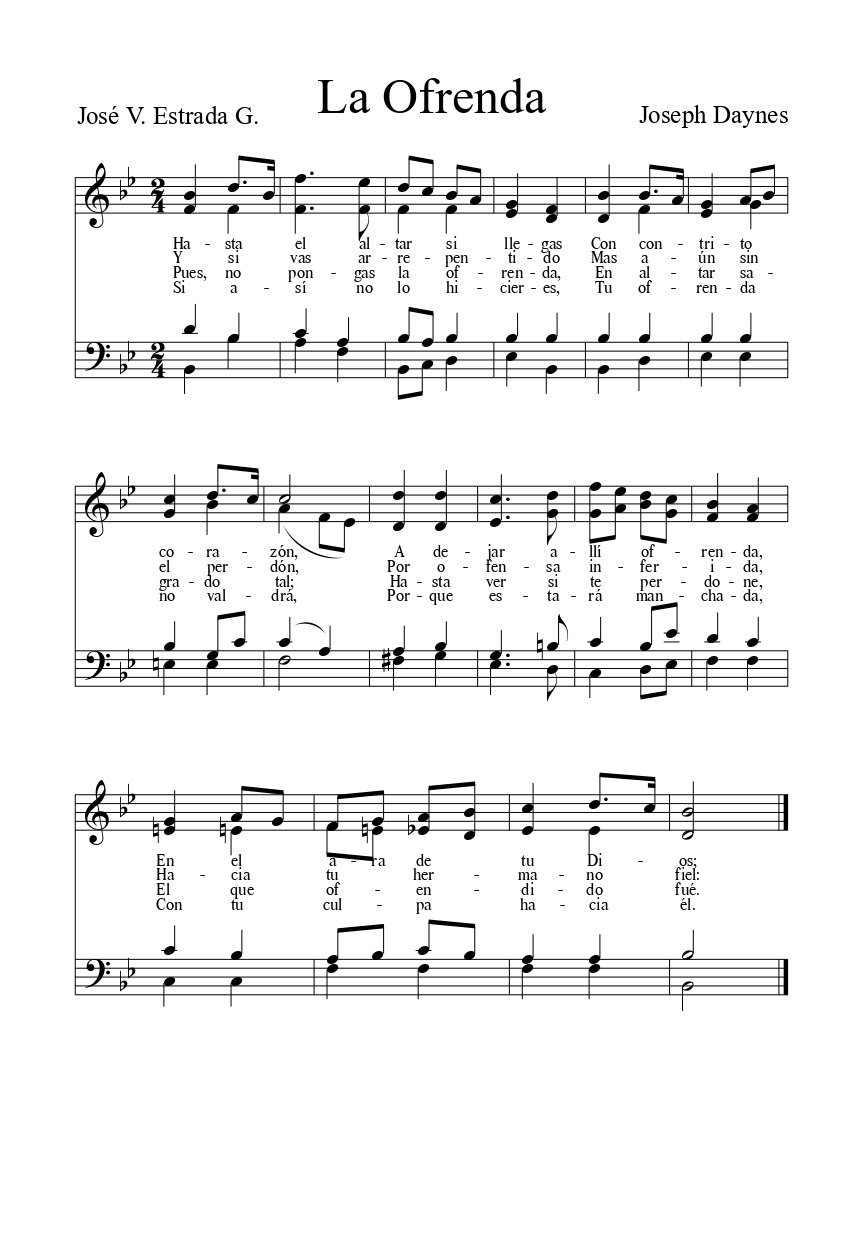
“La Ofrenda”
“La Ofrenda” is a sacrament hymn written by José V. Estrada G. It is possible that it was based on “Venid Hermanos En La Fe” by Edmund Richardson or drew inspiration from similar places. It is one of the hymns that was only published in the 1912 edition of the Mexican mission hymnals.
-
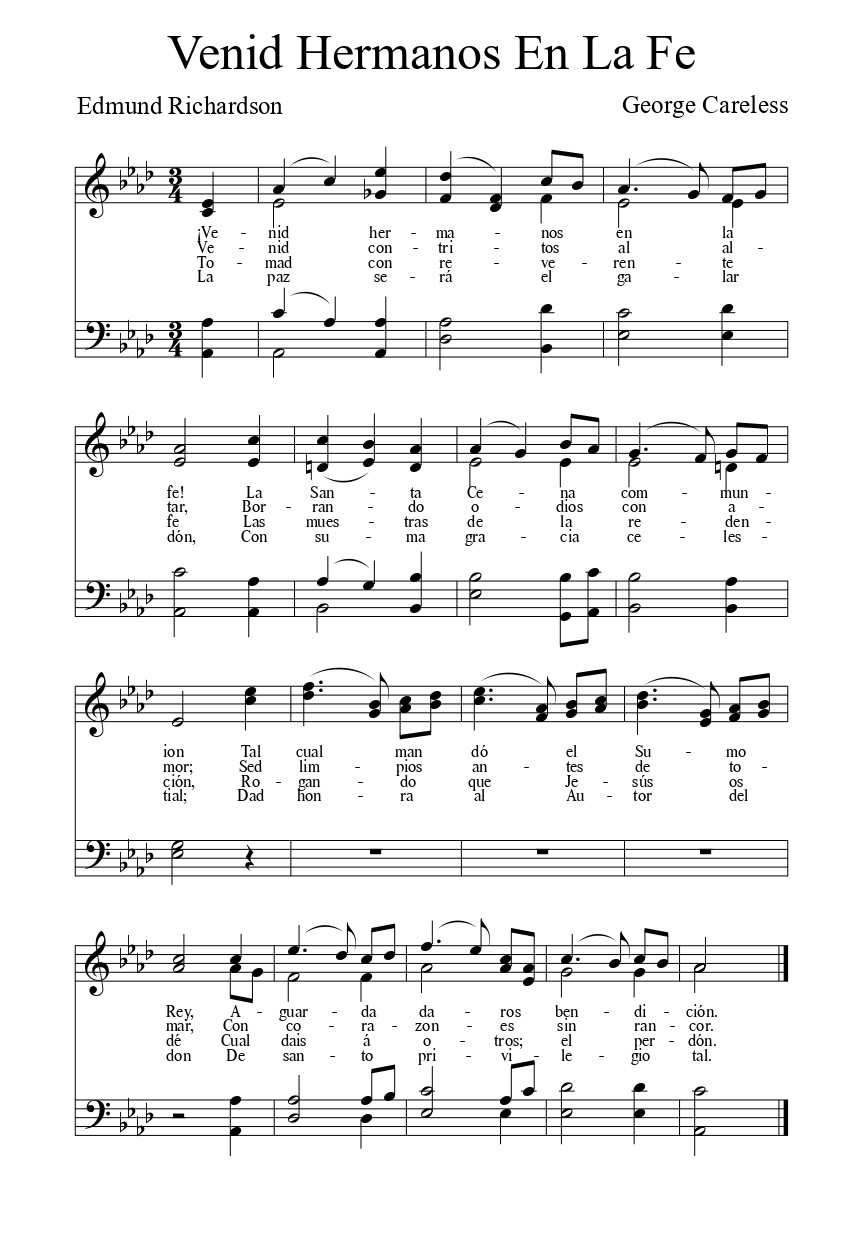
“Venid Hermanos En La Fe”
“Venid Hermanos En La Fe” is another example of the prolific hymn writer Edmund Richardson. It bears some notable resemblances to “La Ofrenda,” another sacrament hymn written by José V. Estrada G., though the Richardson text was written first.
-
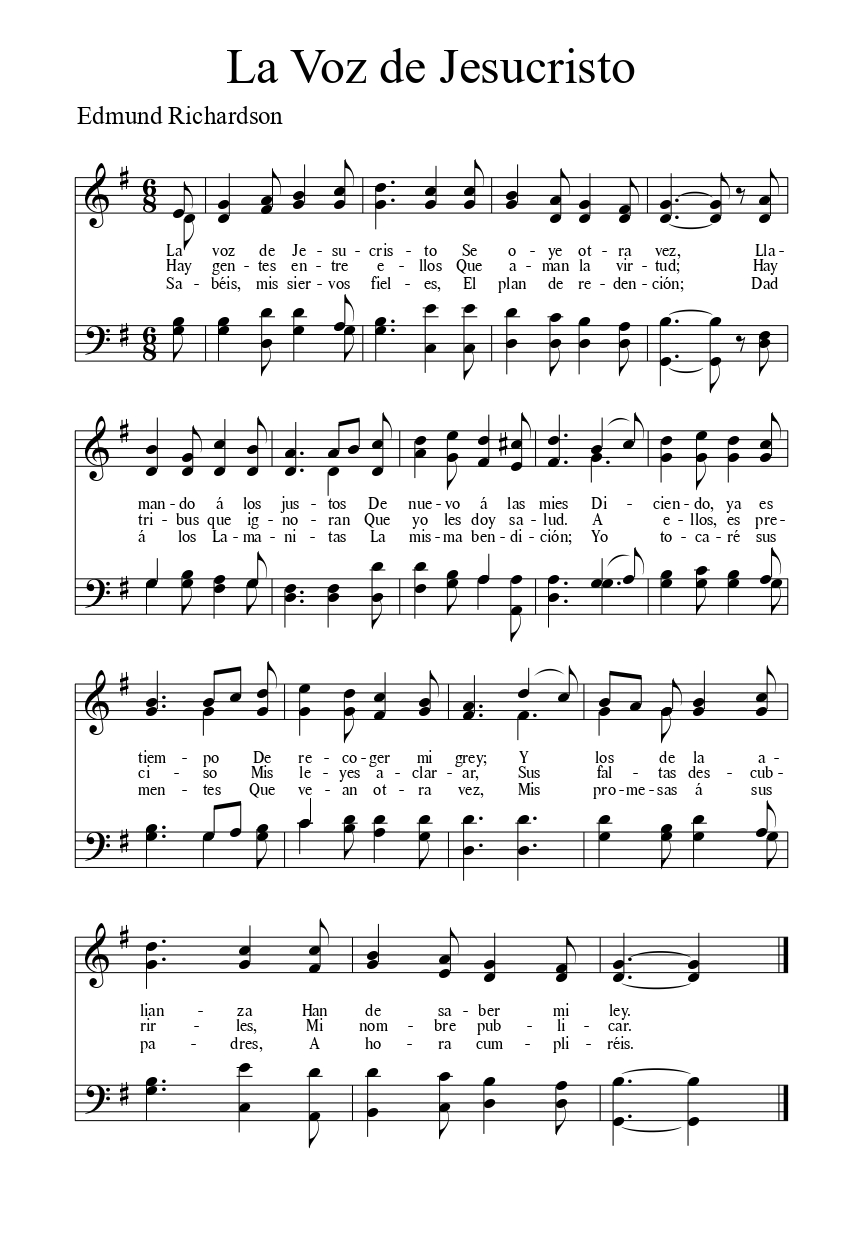
“La Voz de Jesucristo”
As mentioned previously, Edmund Richardson seems to have had a particular interest in linking indigenous Mexican peoples to the Book of Mormon narrative and “La Voz de Jesucristo” is the third example of this. For some relevant historical analysis, see the following posts:
-
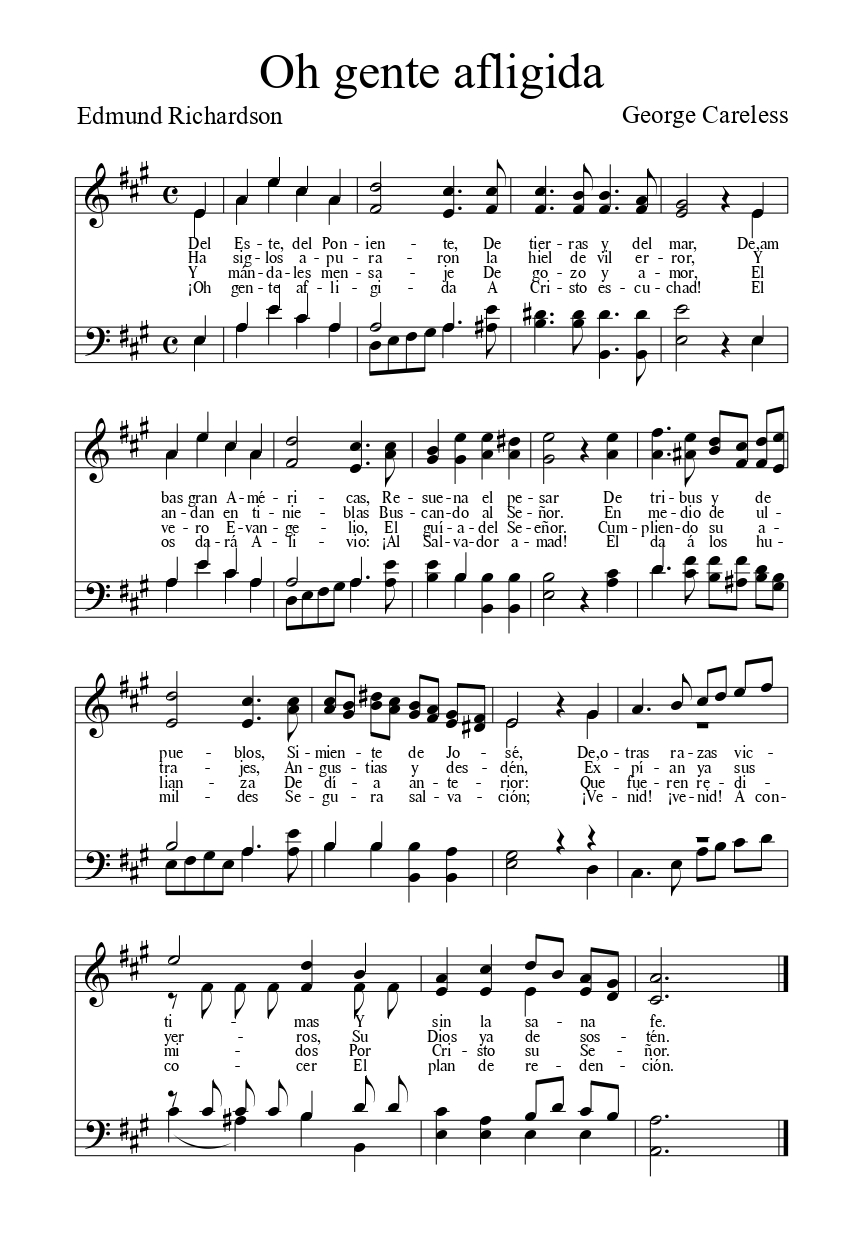
¡Oh gente afligida!
Edmund Richardson seems to have had a particular interest in linking indigenous Mexican peoples to the Book of Mormon narrative. In many ways, however, his approach was a colonizing narrative in which the indigenous peoples were ignorant, benighted peoples in need of civilizing through the efforts of Euro-American Latter-day Saints. “¡Oh gente afligida!” is just one…
-

Latter-day Saint AI Art Group
I’m going to take advantage of blogger privilege to announce a Facebook group I’m starting for Latter-day Saint AI artists creating gospel-themed content to coordinate, showcase their work, and collaborate. I follow a number of AI art groups on Facebook that serious artists and graphic designers frequent, and people with an artist’s training and eye,…
-
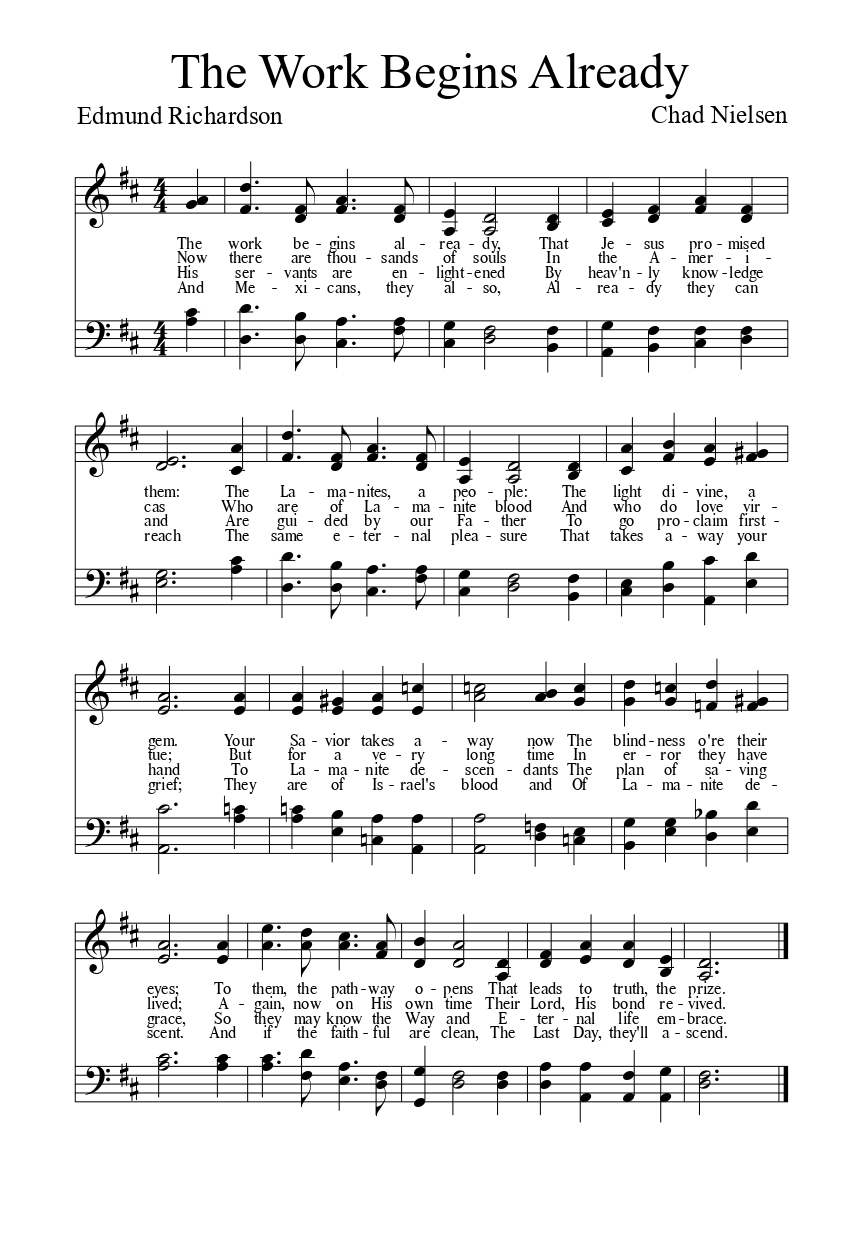
“La Obra Ya Empieza”
“La Obra Ya Empieza” was one of the original hymns included in the 1907 Himnario Mormón (the first Spanish-language hymnbook in the Church). Written by the prolific hymn-writing colonist Edmund Richardson, it was originally a text with no tune specified for singing. In the 1940s red hymnbook, it appeared with an unidentified tune for the…
-
Missions and memory
People keep asking me for proof that the irritating tics in Mormon writing I’ve mentioned actually exist. In that respect, Taylor Kerby’s post over at BCC is useful in a couple of ways.
-

My Religious-Themed Required Reading List, Part III
The Price We Paid, by Andrew Olsen For how legendary (in both a good and bad sense) the Willy and Martin handcart companies are in our collective consciousness, it was good to read a scholarly work on the subject. Oxford Translation of the Bible Everybody should read a solid non-KJV translation (and one that doesn’t…
-

My Religious-Themed Required Reading List, Part II
A Celestial Library One of the advantages of homeschooling is that you have the bandwidth to fine-tune your children’s reading and media diet on a level that would be very difficult to pull off if they were gone for half the day. I’ve read quite a bit in my day (although I’m not currently reading…
-

My Religious-Themed Required Reading List, Part I
Depiction of an LDS temple/library combination. One of the advantages of homeschooling is that you have the bandwidth to fine-tune your children’s reading and media diet on a level that would be very difficult to pull off if they were gone for half the day. I’ve read quite a bit in my day (although I’m…
-
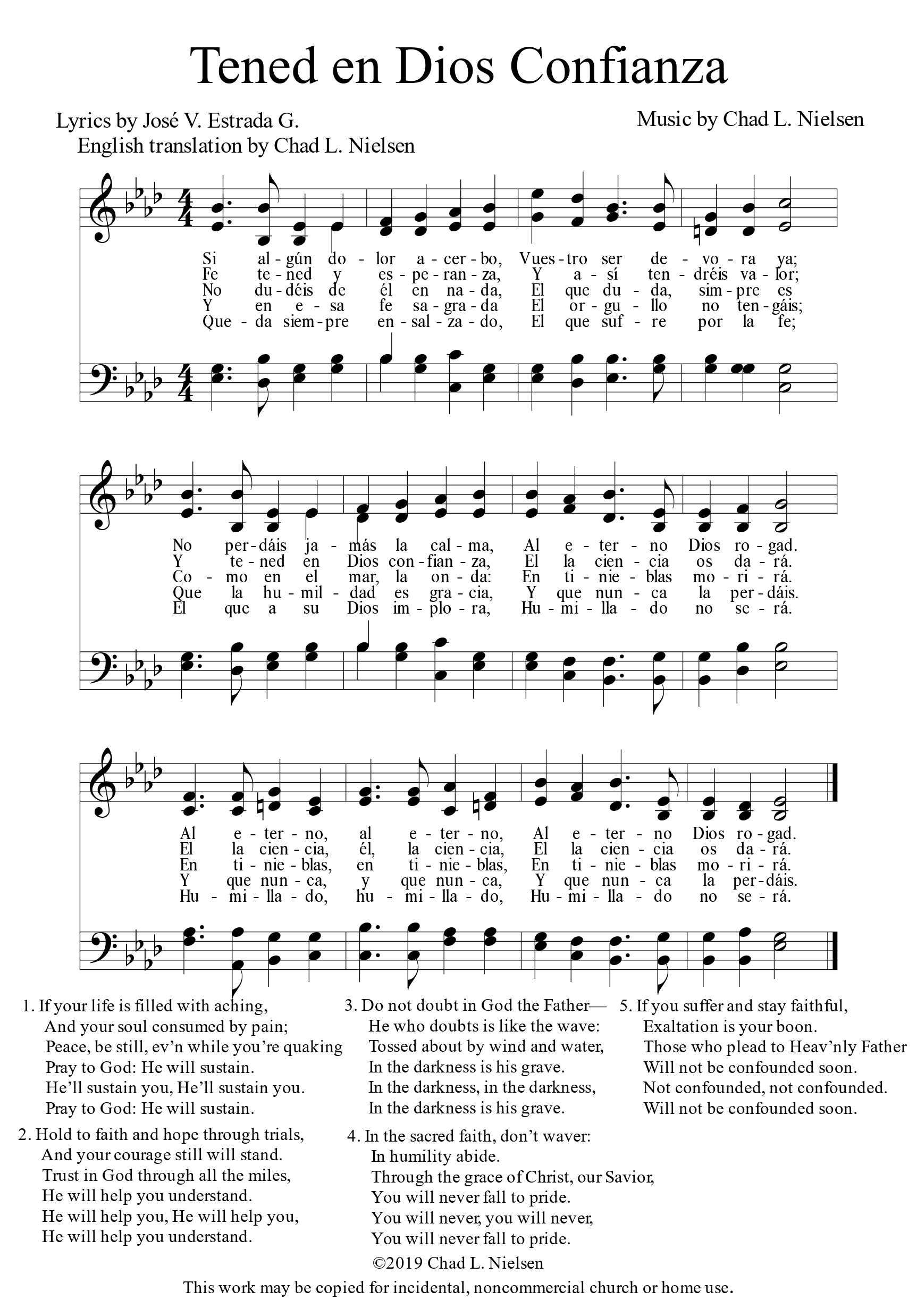
“Tened en Dios Confianza”
I have not been able to find out much about “Tened en dios confianza,” nor about its author, José V. Estrada G. On a more personal note, however, this was the first hymn that I worked with when I started contemplating the Mexican Mission Hymns Project around six years ago. The original music for the…
-
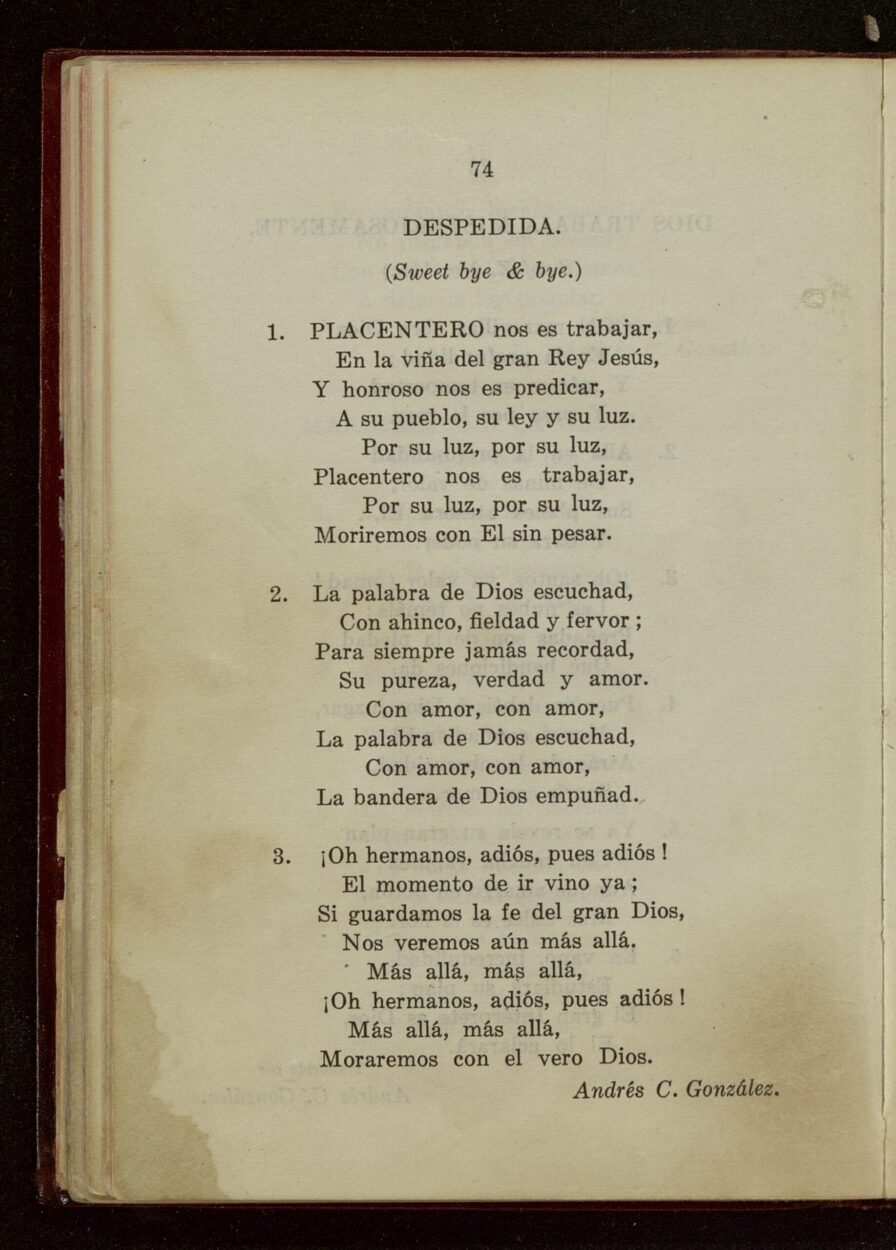
“Placentero nos es trabajar”
“Placentero nos es trabajar” or “Despedida” is one of the more popular hymns that is included in Latter-day Saint hymn books, written by a Latter-day Saint, but not in the English hymnal at this time. Hence, I’ve been consistent in pointing it out as a likely candidate for inclusion in the forthcoming hymnal. While I’ve…
-
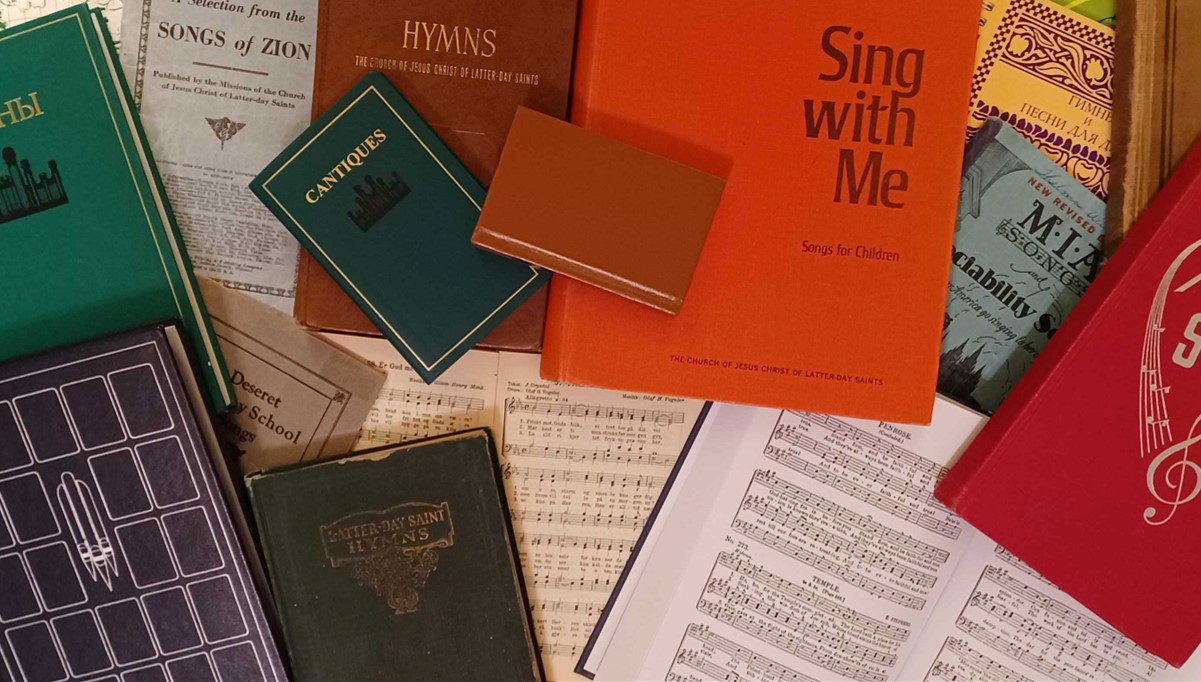
Hymnal Watch: February 2024
A YouTube channel called “For All the Saints” recently interviewed Ray Robinson—a member of the team that is creating the new hymnbook. There were several notable observations made by Robinson that I want to highlight:
-
Everything wrong with Mormon writing (I)
Collectivize the ignorance, individualize the enlightenment.
-
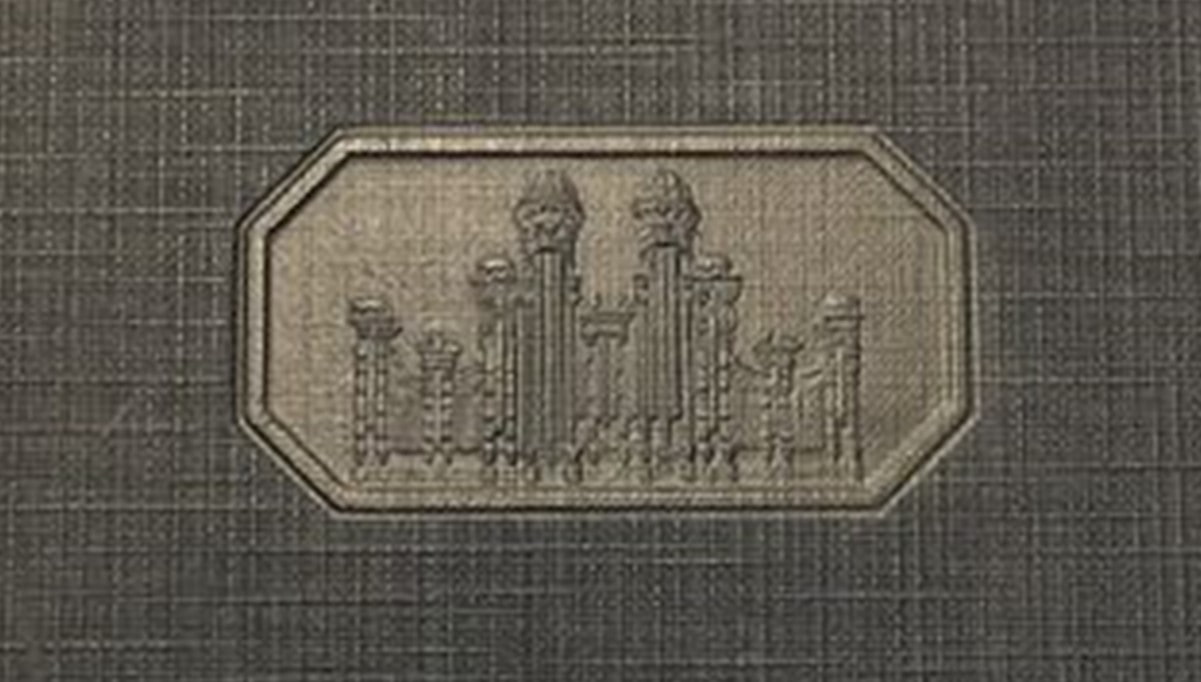
Counterpoint: Receiving Change with Grace and Gratitude
I only truly disagree with Jonathan on one point from his recent post about the new hymnal, and it’s probably not the part you would expect.
-

Hymnbook Watch: January 2024
We’re getting closer to the new hymnbook/songbook being released. I talked about some updates last August, but there has been some other information that has come out since then.
-

Sabbath Day Media and Touched by An Angel
I have fond memories of Sunday evenings spent watching Voyager and Deep Space Nine with the family growing up. My wife’s home was more restrictive in regards to Sabbath day media, but that paradigm has been adopted by our own home as I’m gradually realizing the benefits of being more intentional and explicitly devotional for…
-
Advent Songs in the Latter-day Saint Tradition
When I played handbells as part of the music ministry of a local Presbyterian church, I was surprised to learn that in the traditional liturgical calendar, most of December isn’t Christmas time. Instead, it is a season called Advent that looks forward to Christmas time. Christmas itself begins on Christmas Eve and lasts through January…
-
The Gospel Plan of Happiness Explained in Movie Quotes
If we listen carefully, and squint hard enough, we can find the gospel plan hidden throughout Hollywood. There, on the big screen, we can find nuggets of truth, or at least, poetic lines to illustrate the plan of happiness. Consider:
-
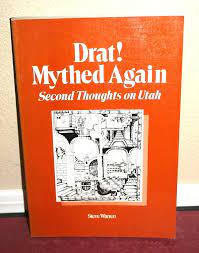
A Book worth tracking down: “Drat! Mythed Again”
Drat! Mythed Again: Second Thoughts on Utah by: Steve Warren Most people, I find, have never heard of this book, but it’s one I referenced often growing up, as we had a copy in my house. My parents weren’t sure exactly when they picked it up, but it’s 1986 copyright date indicates it had to…
-
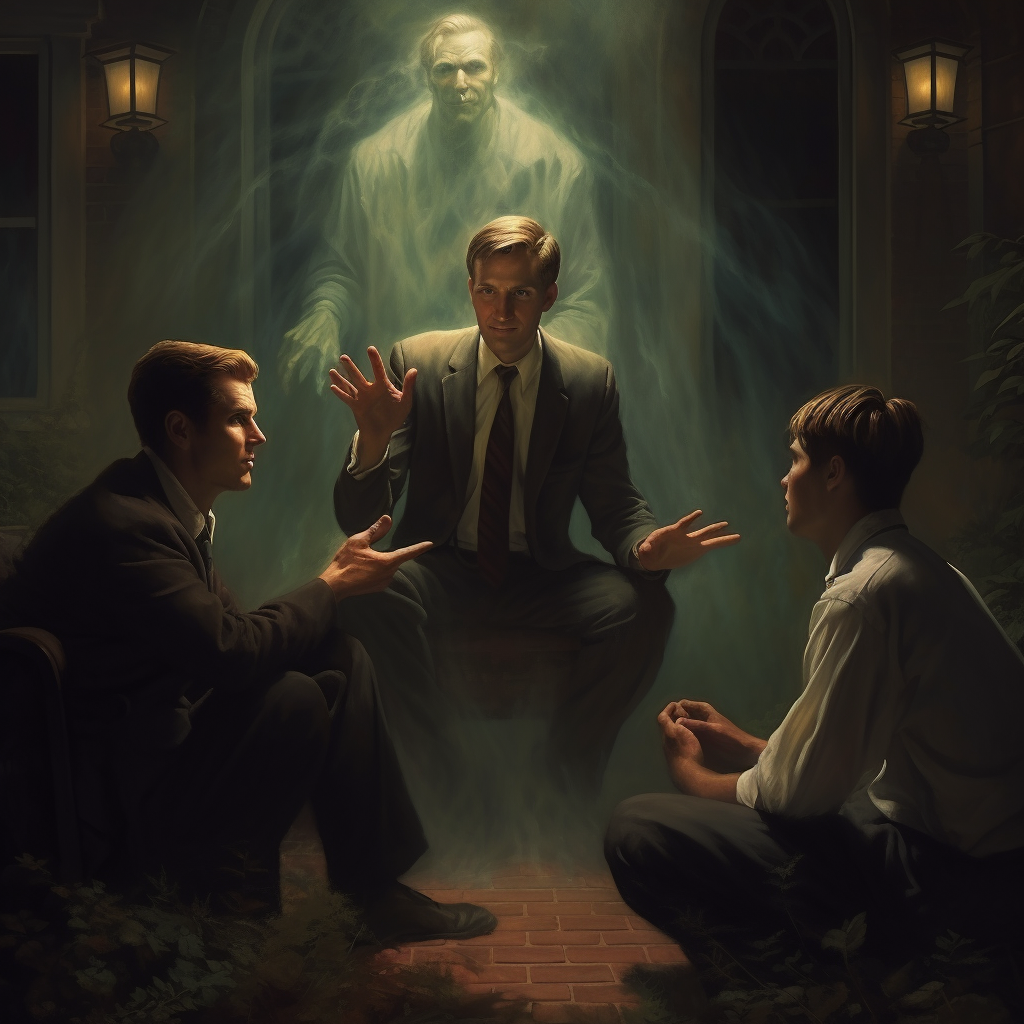
“Angels and Seerstones” and Latter-day Saint Folklore
Midjourney: Mormon missionaries and a dark spirit, in the style of Greg Olsen. (Because why not.) My memories of childhood “I swear my uncle heard that…” fantastic stories are still fresh enough in my memory for me to associate folklore and urban legends with a sort of enchanting nostalgia of a more magical time before…
-
Book Recommendation: Satan is Real
The Country Music history podcast Cocaine and Rhinestones called this book “everything a Country Artist’s autobiography should be.” Even if you aren’t into this particular genre (I was not and have no plans to read any anytime soon), this is a worthwhile read. And despite the (content warning) constant cussing (including many “f-bombs”), I even felt…
-
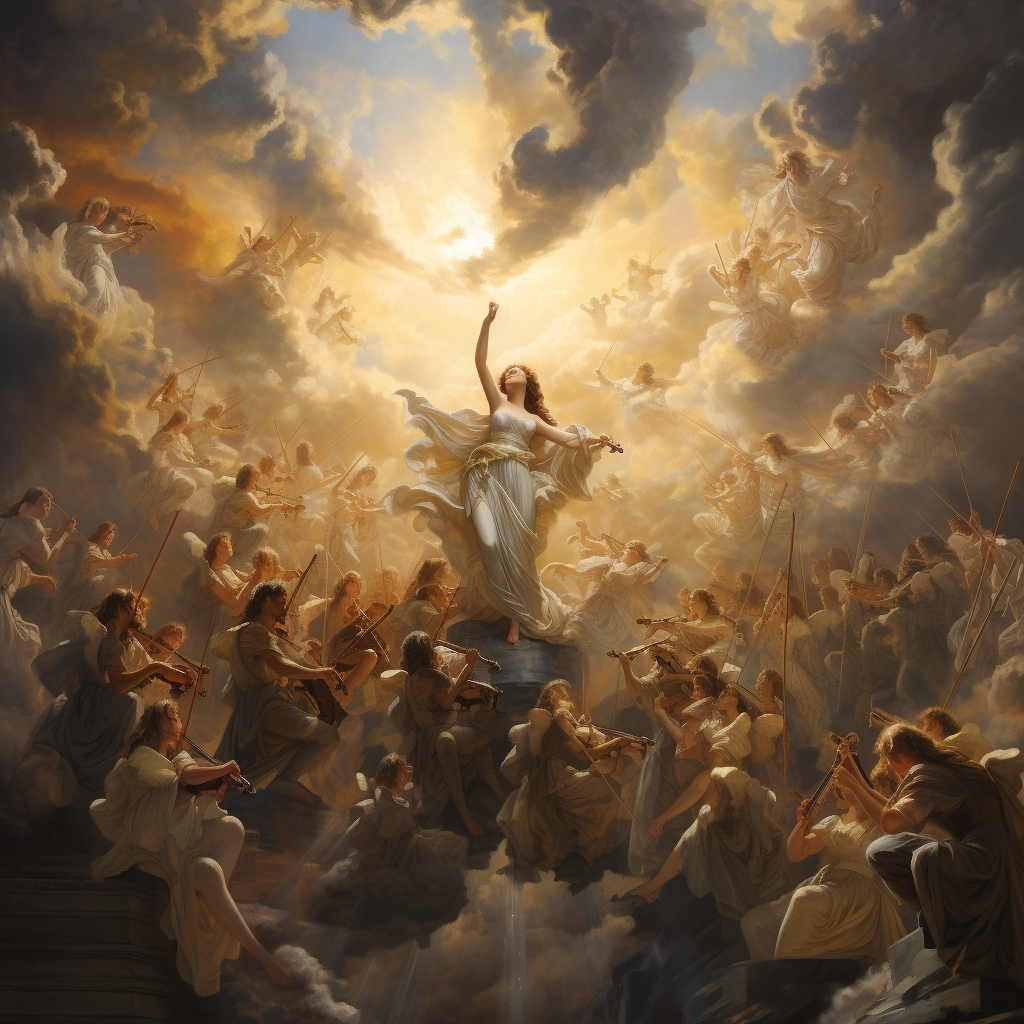
Top Gospel-Related Songs and Some Top Renditions
Orchestra of Angels I’m not a musical person. I was started on the classical guitar quite early and became decently proficient at it by the time I was in Jr. High, but I just didn’t have the fire to practice for hours like many in the music world have. I enjoy a good tune, but…
-

Hymnal Watch: August 2023
It’s been a bit since we last had an update on the new hymnbook and children’s songbook, but it sounds like we’re getting close to an announcement of the project coming to full fruition.
-
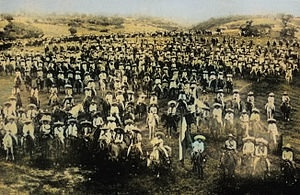
Mormonism in Mexico, Part 15: War
The Mexican Revolution impacted every Mexican, and that included the Mexican Latter-day Saints, some of whom did their best to stay out of the conflict, some of whom became casualties of war, and some of whom joined in the revolution.
-
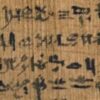
Translation theory won’t decide your polemic argument
One of the recurring irritations of reading apologetic, polemic, or scholarly work in Mormon Studies addressing Joseph Smith’s translations of ancient scripture is that the authors nearly always ignore the perspective of practicing translators and the field of translation studies, instead basing their analyses in simple notions of linguistic equivalence that may still prevail in…
